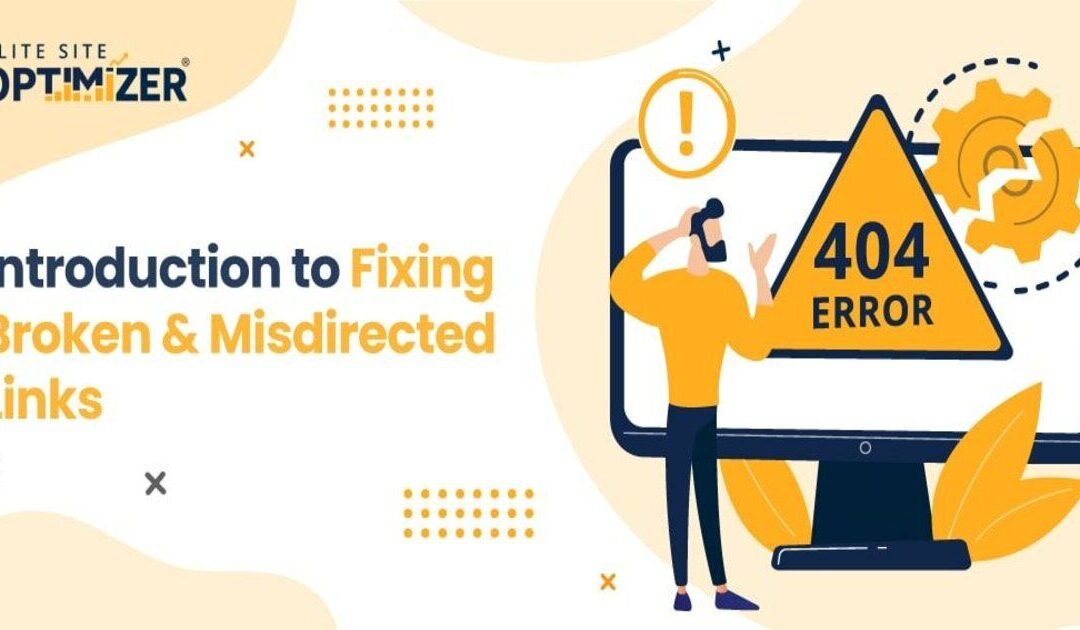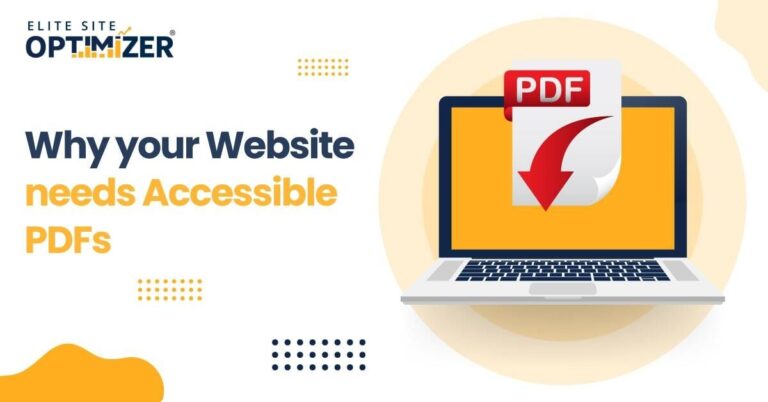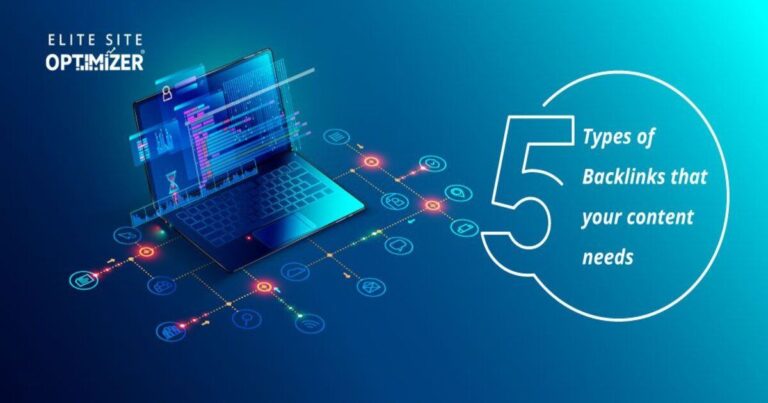Dealing with Link Errors
Don’t: feature links to pages that don’t exist
Broken links result in a 404 error because the linked URL no longer exists. Any time a visitor to your site encounters a broken link, they may end their browsing session and go back to search results to find a different site with more reliable links. Broken links are a common issue that decreases search engine optimization value of a page.
Why do links become broken? The linked page or resource may have been deleted without the webmaster realizing that other pages linked to it. It also may have been moved to a different URL without editing the links to the URL to the new version. If the structure of a site is significantly modified, links to many older pages may become broken. Alternatively, the text of URLs could be entered incorrectly in links, leading to pages that never existed. Regardless of the reason for broken links, they need to be fixed so they lead to the right pages.
Links can be internal or external, either leading to other pages on the same site or pages on other domains. Internal links reflect more on your site’s quality, but external links can change or break for reasons outside of your control, so it’s integral to monitor all links for 404 errors. If an external URL becomes unavailable, you should find a comparable resource to link in its place, from the same site or from a different source.
Don’t: have downtime on pages due to server errors.
Server errors, such as the 500 error code, make pages unable to load. There are many issues that can cause server errors. When the user’s device sends a request to the server and it is unable to comply, it will yield an error message. If the site is down due to a server error for an extended period while search engines are crawling it, they will downrank it in search results.
To fix server errors, you will need to review your server’s logs to see if any erroneous code is causing the breakdown. There could also be a database connection issue that is preventing the site from loading data stored there, or a plugin or script running on the site that has become unresponsive. You may need to reset the server or reinstall the content management system. Server errors could also be a matter of overloaded memory or site traffic, so increasing the memory limit or improving server load may help.
Don’t: use “nofollow” on internal links
The ‘no-follow’ attribute can be placed within links to tell search engines not to follow the links so they will not see the link as giving authority to the linked site. Check to make sure links do not use no-follow unintentionally. Nofollow is relevant to external links, not to internal ones. Internal links that you don’t want indexed can be labelled in robots meta directives.
Do: use at least 5 internal links per page
Internal links can improve the SEO of a website since web crawlers from search engines follow links through a site and are more likely to discover pages linked on other pages. Having more links can also cause users to spend more time on a site. Check that you use at least 5 internal links on a page so the site is truly interconnected and users aren’t limited in their navigation.
Do: Remove/disavow spam backlinks
It’s normally a good thing if you are receiving backlinks from other sites, but if they are low-quality sites full of spam and other useless content, search engines like Google will associate your site with them due to the links. Google may rank your site and its pages lower due to toxic backlinks, and in this extreme case, you should disavow these links through Google’s submission tool. This will remove any SEO impact from having been linked from those pages you enter, positive or negative, and should be used as a last resort.

Dealing with Redirects
Do: make all pages accessible by www or non-www
The www in web addresses is no longer necessarily needed in web pages but is still in common use. Make sure that all of your web pages can be accessed by typing http://www. or http://, so users can reach the page regardless of which they entered. Using redirects, different URLs can take visitors to a single page, even if they entered slightly different ones.
Don’t: have chains of multiple redirects or redirect loops
Using too many redirects can confuse search engine bots, so it’s best to reduce the amount of them and avoid repeated ‘link hops’ to reach a destination. A chain of more than 3 redirects may cause redirect errors, and removing any unnecessary redirects can improve navigation. Check if any pages redirect to a different page that is not relevant to the purpose of the original page, and change these links to a better destination. Check for redirect loops that go from one page to another, then back to the first. See if redirect URLs are too long.
Do: check for redirect errors regularly as your site grows
Using Google Search Console, you can get an idea of how many potential errors are present in links throughout the website. Look for 3XX redirect errors to find redirects that need to be fixed. Check the Index Coverage report to find which links on your site are getting indexed by Google to show up in search results. Google suggests using its Lighthouse tool to learn more about the specifics of why a redirect error is occurring and how to fix it.
Below is a checklist you can use to make sure you’ve gone through these steps to fix issues with broken links and redirects. Keep an eye on the links on your site frequently so you can fix link issues rapidly and avoid negative SEO consequences.
Read also:-Audit Your Site’s On-Page Elements With This Comprehensive Checklist
Broken/ Misdirected Links Checklist
- Link errors
- Fix broken links
- Fix server errors
- Fix “nofollow” internal links
- At least 5 internal links per page
- Remove/disavow spam links
- Redirects
- Access all pages by www or non-www
- Review and fix redirects
- Check search console for errors







